March is Women’s History Month, so let’s learn about some famous women!
3/6 Purim
Purim is a Jewish holiday that celebrates the accomplishments of a 5th century BCE Jewish woman named Hadassah, more commonly known as Queen Esther. Esther, as she is most commonly known, was the second wife of a Persian king named Ahasuerus in Hebrew, who is believed to be Xerxes I or Ataxerxes I of Persia. The king had married a previous woman, Vashti, but he was hot-tempered and banished her from the kingdom after she refused to dance for him while he was drunk at a palace festival. He then married Hadassah, who took the name Esther as his queen. At the time, Jewish people were an ethnic and religious minority in Persia, and other people sometimes attacked them. So Esther did not tell anyone that she was Jewish when the king chose her as his new wife. However, a few years later, one of his advisors decided to use the king’s favor to order a genocide of all Jewish people in the kingdom on an auspicious date. At great risk to herself, Hadassah/Esther revealed her Jewish identity to her hot-tempered husband, the king, and begged him to stop the genocide. Due to her bravery, Jewish people around the kingdom were able to protect themselves from the planned genocide, so she is celebrated in Jewish communities to this day as a savior of her people. Many people also view her as a symbol of diplomacy and “soft power“.
As it so happens, the tomb of Esther is believed to be in Hamadan, Iran – a city with a name not so different from our university’s location!
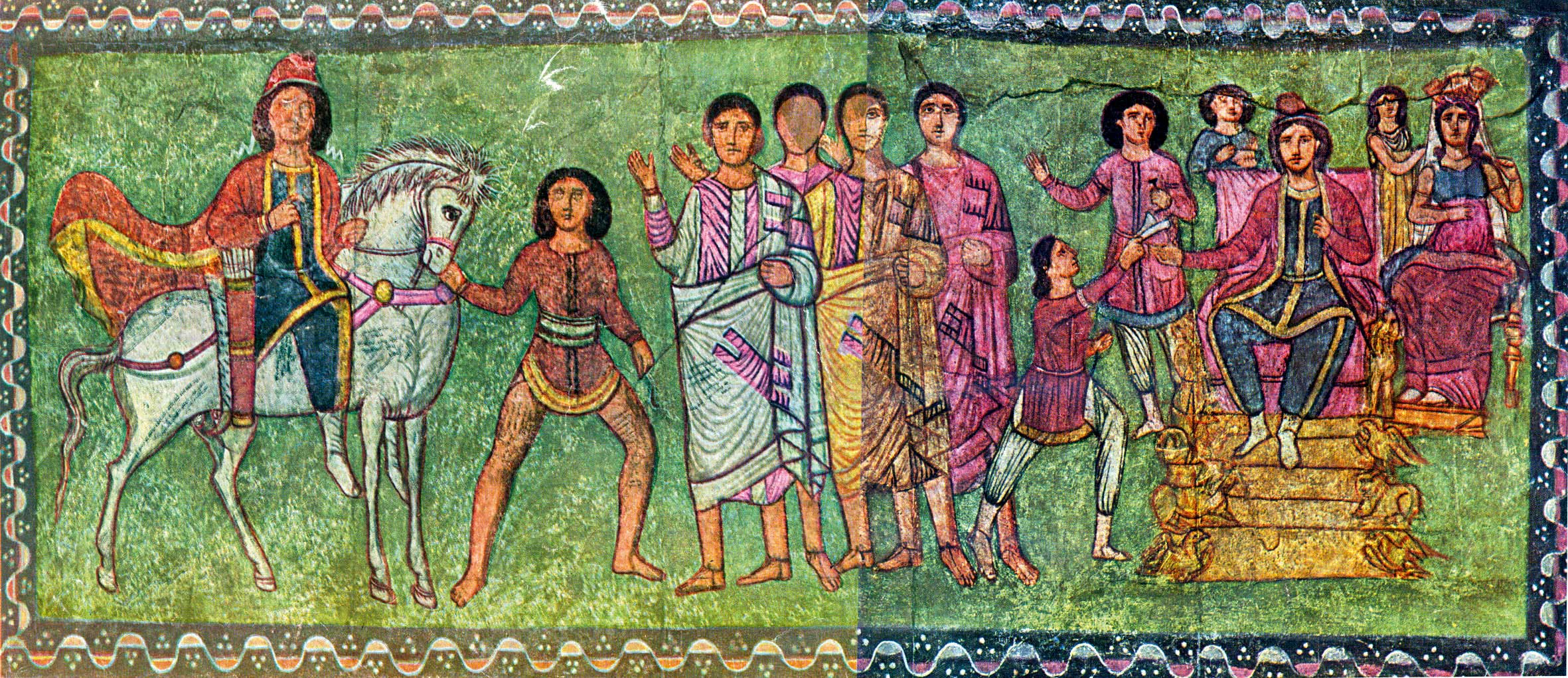
3/8 International Women’s Day
International Women’s Day is a day of recognition for the social, economic, cultural, and political accomplishments of women around the world. This year, the International Women’s Day organization has announced a campaign theme of #EmbraceEquity

The United Nations theme for this year’s International Women’s Day is DigitALL: Innovation and technology for gender equality.
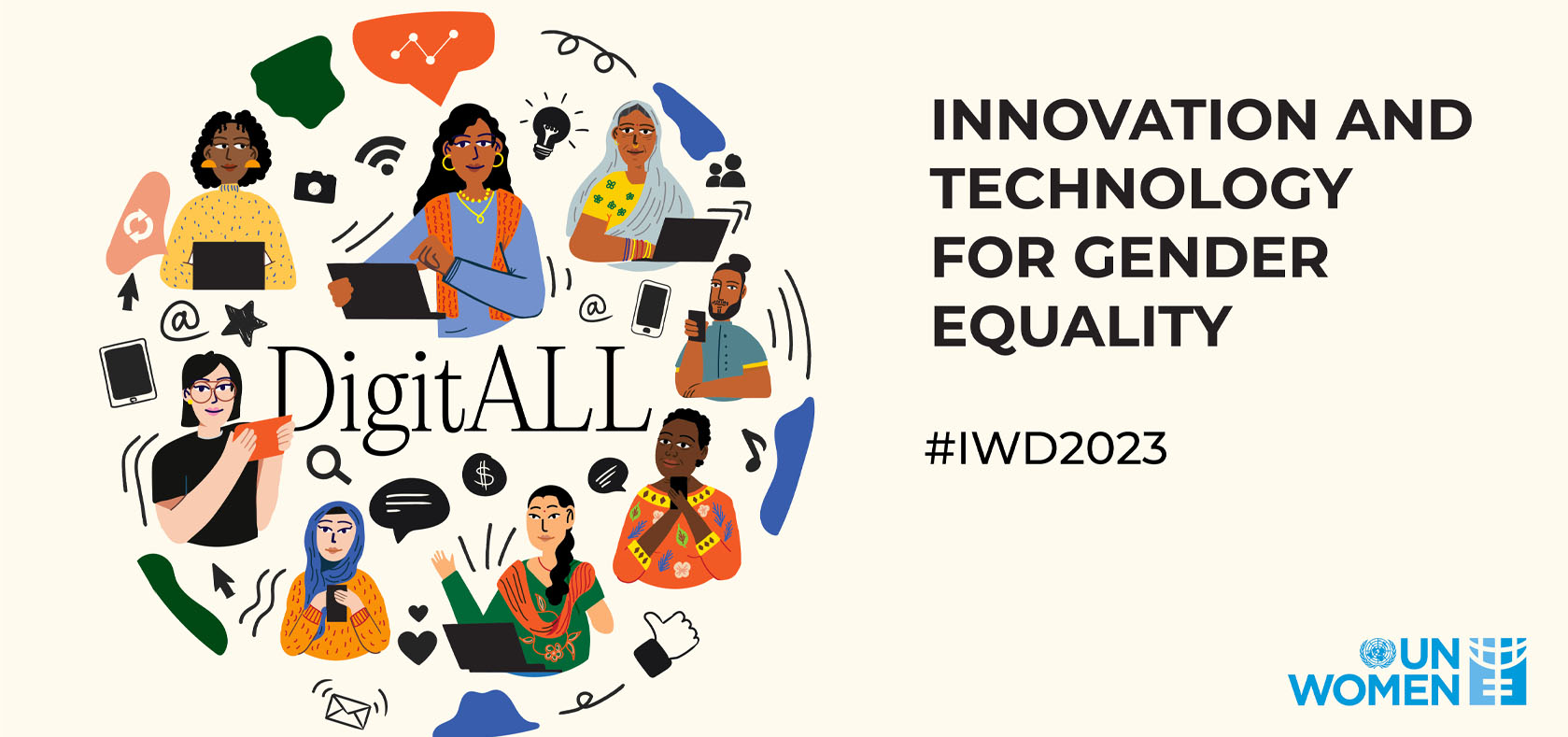
In some countries, International Women’s Day is also a celebration of Mother’s Day:
Eastern Europe/Caucasus Region:
- Albania
- Armenia
- Azerbaijan
- Belarus
- Bosnia and Herzegovina
- Bulgaria
- Kazakhstan
- Kosovo
- Moldova
- Montenegro
- North Macedonia
- Russia
- Serbia
- Tajikistan
- Uzbekistan
Africa:
- Burundi
- Burkina Faso
Eastern Asia:
- Laos
3/10 Harriet Tubman Day
Harriet Tubman was a strong, resourceful woman who escaped slavery in mid-1800s USA. She is famous for creating the “Underground Railroad,” which was not a physical railroad but rather a network of resources that helped about 70 other enslaved African-American people escape to freedom (first to New York, then all the way to Canada after the Fugitive Slave Act of 1850 was passed in the U.S. Congress). She also worked as a scout in the Union Army during the Civil War, helping to liberate more than 700 additional enslaved people. In her later years, she was also active in the women’s suffrage movement, fighting for women’s right to vote.
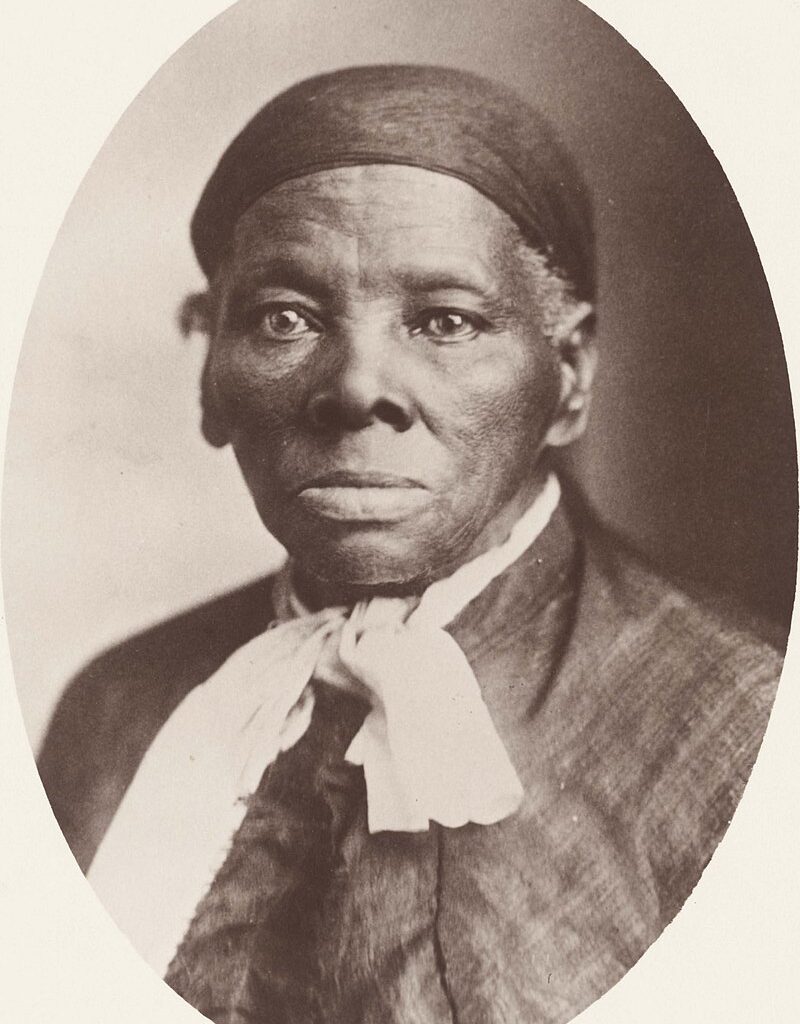
3/15 Equal Pay Day
March 15th is Equal Pay Day, or the day when the average woman has earned as much money (this year plus the previous year) as the average man earned in the previous year only. It is a day that is used to recognize the gender pay gap.
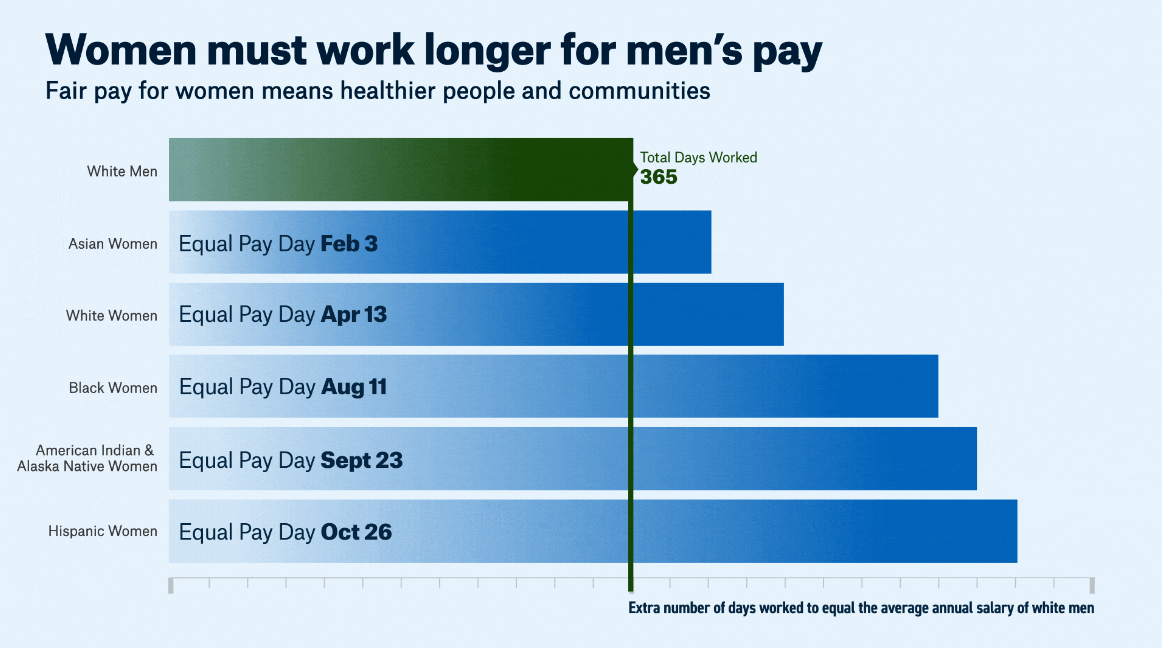
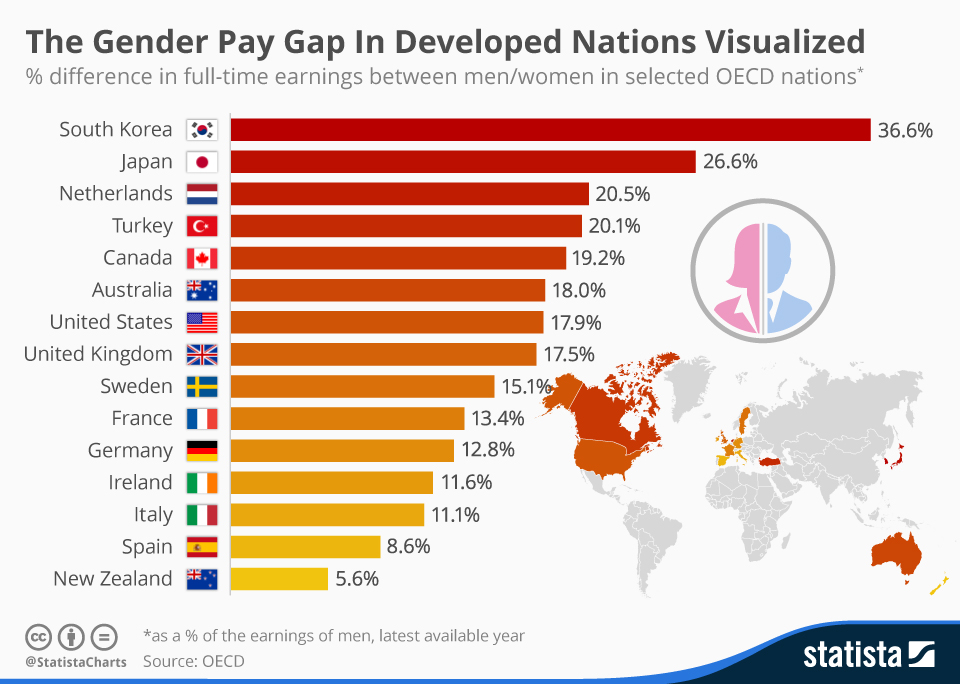
In the USA, measures to prevent racial discrimination mean that the data are also analyzed by ethnicity. Compared to white men, Asian women have to work an extra 34 days (until February 3 of the next year) to earn the same average salary. They are the only ethnicity of women to earn more money (on average) than white women. Worldwide, the USA ranks 7th on the OECD list of countries for largest gender pay gap, while Japan ranks 2nd highest. In other words, if Japanese women go to America, they will probably make far more money at their job!
A major factor in gender pay disparity is the lack of advancement opportunities for women – they are less likely to be promoted at work. For example, in Japan, 33% of major companies still have no female executives, and only 6% of executive board positions at major companies are held by women. (More Japanese companies have a female executive now than they did in 2017, but the percent of women in leadership has not improved.) Although Anglophone countries still have a long way to go towards gender parity, these statistics indicate that women are 2-3 times as likely to be promoted to the top in an English-speaking country as they are in Japan.
Some famous high-ranking women in business:
100 Female Entrepreneurs to Watch (UK)
Top 10 Most Inspirational Japanese Women in Business
10 Female Japanese Entrepreneurs
Japanese Women Making a Big Impact in the Business World
3/19 U.K. Mothering Sunday
Many countries have a Mother’s Day celebration in May (including the USA, Canada, New Zealand, Australia, Ukraine, Japan, and 111 other countries), but the UK and Ireland, Guernsey, Jersey, and Nigeria have Mothering Sunday in March. This date was chosen due to a Catholic holiday for one Sunday per year when adults returning to their “mother church” (either the church of a person’s mother, where the person was first baptized as a child, or the church where the person first joined the religion). Although the religious holiday is only slightly connected to mothers themselves, people in these countries have started to celebrate Mothering Sunday as a celebration of mothers as well. Children often get up early and try to make cakes for their mothers, probably to varying degrees of success!
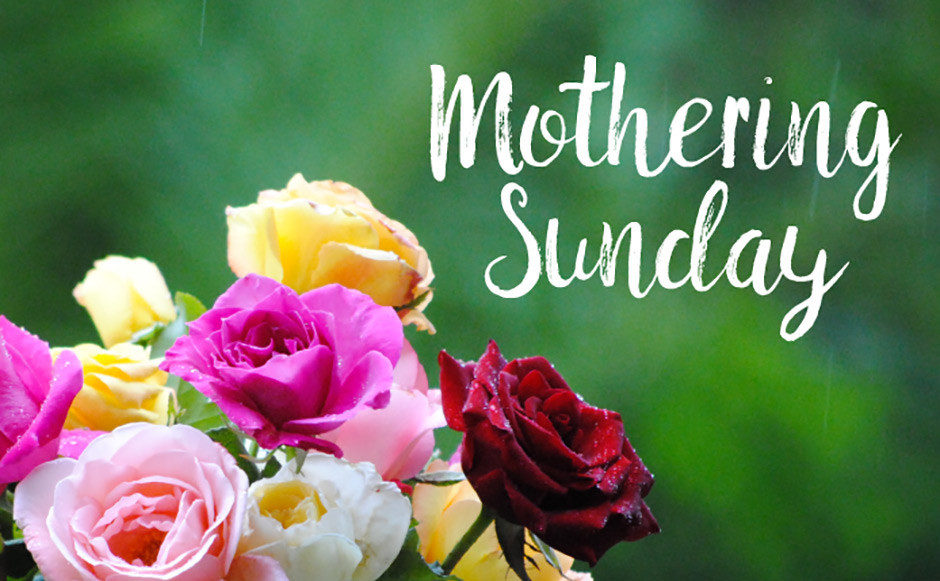
Since March is Women’s History Month, let’s learn more about the first woman to call for a national Mother’s Day celebration in the USA! Julia Ward Howe
3/21 Egyptian Mother’s Day
The UK is not the only country to celebrate Mother’s Day in late March. Egypt celebrates Mother’s Day on March 21st, the first day of spring. (In many cultures, the beginning of spring is associated with fertility and new life.) This celebration of mothers at the beginning of spring is believed to have started in Ancient Egypt, when people would fill boats with flowers on the first day of spring to worship the mother goddess Ishtar. The tradition was carried on in ancient Greece and the Roman Empire. Although the tradition of flower boats was lost, Egypt made March 21st an official Mother’s Day holiday in 1953.

Many Arab countries now choose to celebrate Mother’s Day on the first day of spring, or March 21st, including:
 Bahrain
Bahrain Comoros
Comoros Djibouti
Djibouti Egypt
Egypt Iraq
Iraq Jordan
Jordan Kuwait
Kuwait Libya
Libya Lebanon
Lebanon Mauritania
Mauritania Oman
Oman Palestine
Palestine Qatar
Qatar Saudi Arabia
Saudi Arabia Somalia
Somalia Sudan
Sudan Syria
Syria United Arab Emirates
United Arab Emirates Yemen
Yemen
(list from Wikipedia)
3/21 Nowruz
Nowruz, otherwise known as “Persian New Year”, is the celebration of spring and the new year in the Iranian calendar, which Iran and Afghanistan both follow. (Afghanistan was ruled by the Persian Empire for many years, and as neighboring countries with ancient histories, they have many cultural ties.) After the Soviet invasion of Afghanistan in 1979, some countries briefly declared Nowruz “Afghanistan Day” in recognition of its sovereignty. The celebration of Nowruz has Zoroastrian roots, but it remains popular across the two now-predominantly-Muslim countries and other neighboring countries (see below). Although Nowruz is not a holiday about women, it would be irresponsible to talk about the history of modern Iran and Afghanistan without addressing the role of women in their respective societies.

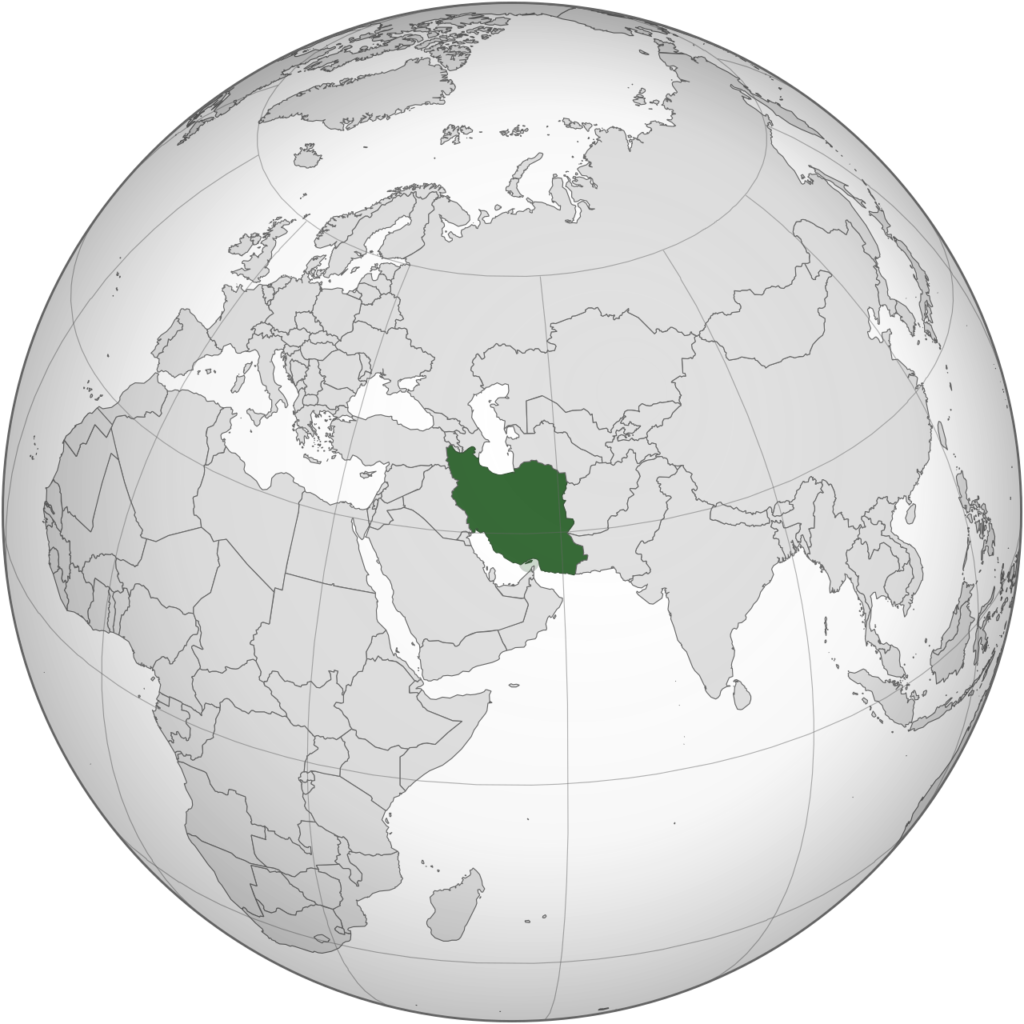

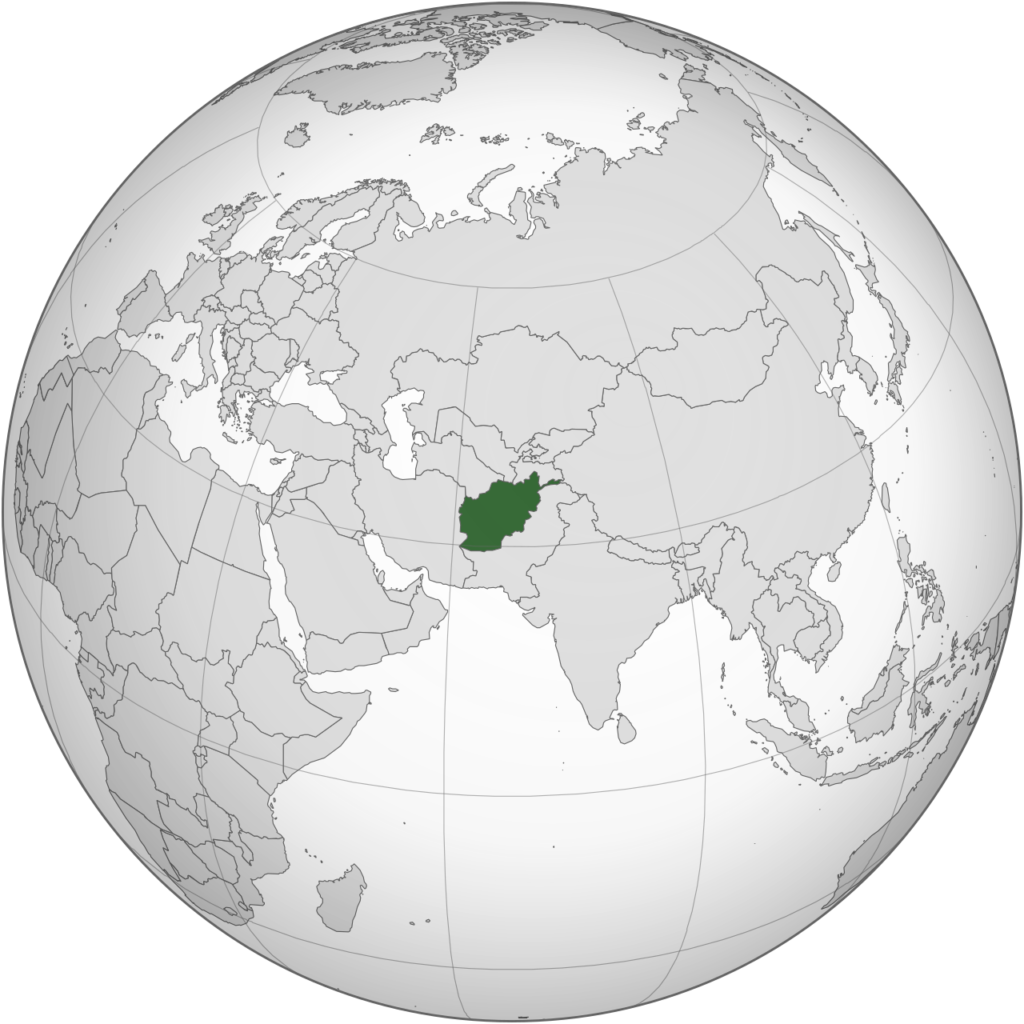
Iran is the largest, and arguably the most famous, theocracy in the world. It is an Islamic theocracy since the 1979 revolution, although it was first conquered by Arab Muslims in the 7th century and has been the home of Shia Islam since the 15th century (as opposed to Sunni Islam, which is the most commonly practiced form of Islam; Wahhabism, which is common in Saudi Arabia; or other smaller branches of Islam). Women’s rights have been a complicated topic in the region for centuries, but Iran came under fierce criticism for its treatment of women after the 1979 revolution because the deposed king had allowed social liberalization from 1925 until 1979 and then the new Islamic government revoked all of those freedoms in the name of religion. In Iran, women cannot:
- apply for a passport without a male guardian’s permission
- travel outside the country without a male guardian’s permission
- choose where to live
- be head of the household
- legally demand equal pay for equal work
- receive legal protection from gender discrimination in hiring
- receive legal protection from being fired for being pregnant
- receive parental leave or tax-deductible payments for childcare (nor can their husbands)
- take “any job found to be incompatible with the family interest or the dignity of the husband or his wife”
- receive legal protection against domestic violence or sexual harassment by anyone
- receive legal protection from gender discrimination of any form (gender is not a protected category in Iran’s national laws)
These rules have a major impact on women’s social freedoms. According to the 2017–2018 Women, Peace, and Security (WPS) Index report, approximately 90% of Iranian women have cell phones and “have access to” financial accounts, but less than 20% participate in the workforce.
Many of these rules are enforced by “religious morality police,” whose methods are secretive, intimidating, and often violent. Recently, there have been protests in Iran after the death of a 22-year-old Iranian woman, Mahsa Amini, who was arrested for (allegedly) not wearing her hijab properly. The religious morality police claimed that she had a sudden cardiac arrest (heart attack) and fell down, but female witnesses claim that she was severely beaten by the police in the police van. Her medical exam indicated signs of broken skull bones and brain bleeding, which are only caused by being hit very hard. Her death has led to the largest social protests in Iran since 2009, and more than 480 people have been killed by security forces, who beat protestors with batons and fired guns into the crowd. Social media is trending with her name and the slogan #WomanLifeFreedom, a translation of a Kurdish feminist slogan. (Amini was of Kurdish descent.) As a result of these protests, the Iranian government has claimed that it will reevaluate and possible abolish the authority of morality police, but these changes have yet to occur.
As a result of its location near the geographical center of Asia, Afghanistan is home to many different ethnicities (described by Wikipedia as “Pashtuns, Tajiks, Hazaras, Uzbeks, Turkmens, Qizilbash, Aimak, Pashayi, Baloch, Pamiris, Nuristanis, and others”) and religions (including Zoroastrianism, Buddhism, Hinduism, and Islam). Also as a result of its location, its territory has been coveted by neighboring empires for millennia, including the Persian Empire (now Iran), causing the region to have a turbulent history. Many consider the foundation of modern Afghanistan to be the 18th century Durrani Empire, which offered the region relative stability until 1863 when a succession dispute led to civil war. Afghanistan again experienced a period of stability during the reign of the Kingdom of Afghanistan (1926-1973), but it has suffered many outside invasions (from the UK, Iran, Russia, and the USA, most recently) and civil wars since the end of that time. As a result, it has not been able to experience the same widespread social and technological progress that more stable nations developed. Because of its turbulent history, its population has not had the opportunity to heal from generational trauma, reflect on social progress, address social inequalities, and combat sexism, ethnic tribalism, and religious extremism. Therefore, civil rights are extremely low in the country (Afghanistan ranks 180th on the Human Development Index), and due to the cultural history of patriarchy that is brutally enforced by the Taliban, these flaws disproportionately affect women.
Afghanistan has been in the news recently because of the new Taliban government, and many international audiences are sad, angry, and confused by the region’s news without fully understanding what is happening or why. Even a recap of its 21st century history is complicated. In its most recent international conflict, from 2001 to 2021, Afghanistan was occupied by U.S. and coalition military troops, whose mission was simultaneously to wage a war against anti-democratic terrorist forces (linked to the 9/11 bombings) and improve the country’s infrastructure. This occupation changed (modernized and Westernized) the lifestyles and cultural expectations of many Afghans who lived in cities. But the rural areas suffered many bombings and, due to corruption and abuses on many sides, were largely unchanged on a cultural or infrastructural level. As a result, many rural citizens supported the Taliban’s return to power because they preferred self-rule to outside occupation. As international political support for the occupation of Afghanistan waned, then-President Trump signed a 2020 deal with the Taliban, ignoring the then-official Afghan government and promising to withdraw all U.S. troops by May 2021. When Trump lost the 2020 presidential election, the responsibility to uphold the treaty became President Biden’s. President Biden did not agree with the terms of the agreement, which made no guarantees for women’s rights, but it was already done. He negotiated a 4-month delay to the full withdrawal of troops, trying to create more time for people to leave safely, but he felt that he could not cancel the treaty completely without destroying the U.S. government’s credibility. The last U.S. troops left in August 2021, and the Afghan government collapsed within a week. Some fighters are still resisting the Taliban in the north of Afghanistan, but the world has largely given up on the country. International aid has been frozen to prevent the money from being used to strengthen the power of dangerous, oppressive Taliban leaders. However, these frozen funds also contributed to anti-poverty efforts, so many people are left cold and hungry. (Recently, Chinese entrepreneurs have entered the void left by withdrawing Western agencies, but their focus appears to be resource exploitation rather than aiding locals.) Nevertheless, international aid is being withheld by NGOs in Western countries on civil rights grounds because the Taliban have enforced the following policies against Afghan women:
- Girls cannot attend school or university (officially a temporary measure until girls-only schools can be provided, but there are no such plans being carried out)
- Girls aged 9 or older must cover their bodies and faces in public or face physical punishment, imprisonment, monetary fines, or the employment termination of their male relatives
- Girls and women cannot wear makeup
- Girls and women cannot travel without a male family member’s permission
- Women cannot work in public or in mixed-gender spaces
- Women cannot work at non-governmental organizations or in schools, including as teachers
- Girls and women are “advised to stay at home” because Taliban soldiers are “not trained to respect women”
- Girls and women are not allowed in gyms, public baths, public parks, and amusement parks
- Adult women can no longer attend religious seminaries or visit mosques

It doesn’t have to be this way. The shared cultural celebration of Nowruz extends into various other countries near the Caucasus region, and many of those countries do not participate in such severe gender discrimination. (Perhaps not coincidentally, most of those countries are former Soviet states and were forced to undergo dramatic social, economic, and cultural changes in the 20th century. However, they did not exhibit such extreme social restrictions for women as the Taliban do, even before the Soviet occupation.) An analysis of the region shows a broad range of practices among the countries, as well as some commonalities.
- Azerbaijan became the first Muslim-majority country to allow women to vote in 1919, and women generally participate in education and the workforce at the same rate as men. However, Azerbaijan’s Labour Code currently prohibits women from working in 204 professions, there is still a large gender gap in wages, domestic violence remains a major issue in the country (more so in rural regions), and there are allegations of widespread sex-selective abortion in the region.
- Georgia ranks at about the 66th percentile (top 1/3 of countries) in terms of gender equality measures, and women and girls in Georgia are generally able to participate in public life and school or the workforce without any governmental bans. Unfortunately, it still struggles with social and cultural discrimination against women and girls, including sex-selective abortion, as well as domestic violence issues caused by abusive family cultures and lax or irresolute local law enforcement. Domestic violence shelters are available to women, however, offering basic forms of escape and protection from domestic violence.
- Kazakhstan is “a leader in progress on gender equality” in Central Asia, according to the UN Women group. It has passed many laws recently to improve the lives and equality of women in the country. However, the effectiveness of these laws is under debate. Like many countries in the region, it continues to struggle with high rates of domestic violence against women due to culturally apathetic law enforcement and a traditional view of the issue as a “family matter“. There are also problematic cultural remnants of bride prices, kidnapping, and forced marriage, although it is not clear how common these practices are. However, there is a growing feminist movement in the country, and annual peaceful marches have been held since 2017 (despite varying levels of governmental resistance). In fact, in 2016, Kazakhstan garnered a higher NGO rating for gender equality than Japan or the USA because of the gender equality of its workforce.
- Kyrgyzstan, like Kazakhstan, has adopted many gender equality laws but continues to face substantial cultural challenges. Unlike Kazakhstan, it recently revised its constitution in ways that negatively affect women’s rights. Although the country does not appear to engage in sex-selective abortions, there has been a recent increase in gender-based violence, there are ongoing issues with violence against women (domestic violence and abuse, bride kidnappings, etc.) and regional restrictions on women in the workforce, and religious extremism and hostility to human rights activists are on the rise. For a full report on Kyrgyzstan, please read this document.
- North Macedonia has been working to improve its gender equality measures since the mid-2000s because it hopes to join the EU. It has a quota for “the underrepresented gender” in parliamentary participation, meaning that at least 40% of its national parliament are women. However, there is still low inclusion and a lack of advancement opportunities for women in the workforce due to ongoing gender stereotypes, and many women still receive their inheritance through a traditional dowry system (which requires women to marry in order to receive their inheritance). In addition, traditionalist attitudes in public services often prevent women form seeking help for domestic violence. According to the local women’s rights organization Kvinna till Kvinna, other areas of needed improvement include (1) a reduction of ethnic tensions between ethnic Albanians and ethnic North Macedonians, (2) an increase in women’s representation at all levels of government, (3) additional resources to enforce gender equality laws, (4) poverty reduction and employment measures, and (5) improved accessibility for women’s health. UN Women has offered similar recommendations as well.
- Tajikistan has the worst gender equality ranking on this list, as there are severe economic and educational disparities between men and women in the country, and many policies have regressed to old traditions after the Soviet Union collapsed. The region is very mountainous, causing social and cultural isolation for many communities. Traditionally, women in Tajikistan are not considered eligible landowners; there must be a male household member in order for the family to own land. This policy caused severe economic problems in rural communities after many men died in the civil war. However, some women have gained household autonomy due to an absence of men. Today, an estimated 20-40% of households have an unofficial female head of household, as the “man of the house” has gone to Russia to work for higher wages. Like its neighbors, Tajikistan has severe problems with cultural impunity towards domestic violence. Civil rights activists agree that the situation for women has gotten worse recently, even if Tajikistan is working to reform some of its policies. On a positive note, the country does not appear to engage in sex-selective abortion against girls, as there are slightly more female children than male children in the country.
- Turkmenistan is difficult to assess for women’s rights, as there is extreme government censorship and official statistical data are unknown or unreliable. Turkmenistan has some cultural similarities to Afghanistan – although face coverings are not required by law and have never been required for women to appear in public, there is a tradition of women wearing head scarves and being segregated from men at social occasions. A woman who is following tradition, in her first year of marriage, “clenches the corner of her scarf in her teeth to show a significant barrier toward the male guests and to show respect to her parents-in-law. The scarf also stops her from communicating.” (Wikipedia) Wikipedia also cites a 2012 report in its claim that “women are not allowed to form independent women’s organizations, and all such organizations must be registered under the Women’s Union of Turkmenistan.” However, it also claims that “Turkmen women have always been more outspoken and more socially active than women in neighbouring countries,” and slightly over 20% of the national parliament members are women. However, there are clear indicators of discrimination against women, who can no longer use a variety of beauty products and are given strict new “modest” dress codes, can be fired from their jobs for not wearing traditional Turkmen clothing, are having their driver’s licenses taken away in certain provinces, and can no longer sit in the front seat of private cars or ride in taxis driven by men. There are no laws against domestic violence in the country, and virginity tests are prevalent. Women’s health is at risk in Turkmenistan because abortions are banned after only 5 weeks of pregnancy and half of Turkmen women don’t have access to contraception. To address this problem, there are covert agencies offering health information to Turkmen women.
- Uzbekistan, according to its national government, “was one of the first countries in Central Asia to accede to the UN Convention on the Elimination of All Forms of Discrimination against Women on 6 May 1995.” However, there are extensive issues with women’s rights in the country. Working conditions are sex-segregated (men and women are separate), and women generally receive lower pay for the same work. They are also not allowed to work at night or work overtime hours. Contraceptives are available for free, but in insufficient quantities. There have been some reports of forced sterilization of women by the government in order to manage the population. Human trafficking is a major issue in the country, as are child marriage, bride kidnapping, and forced marriage (more common in Karakalpakstan, among men with limited education or drug or alcohol addictions). Domestic abuse is legal. A common way for women to commit suicide in Uzbekistan is self-immolation, or burning oneself to death.
3/21 National Rosie the Riveter Day
During World War II, many men had to leave the regular workforce in order to serve in the military. The resulting shortage of workers caused a social revolution: women had to work in essential jobs that were previously considered “men only”, such as physical labor and machine work. The USA created a popular mascot for these women, named Rosie the Riveter.
The character of Rosie the Riveter was based on a photo of a real woman, named Naomi Parker-Fraley (although the photo was mistakenly attributed to Geraldine Hoff Doyle for many years).

The first famous replication of the Rosie the Riveter character was a Norman Rockwell painting from 1943, which openly linked her to the anti-Nazism ideals of the 1940s. In 2020, the Rosie the Riveter character also began appearing frequently in promotional materials for pandemic solidarity.

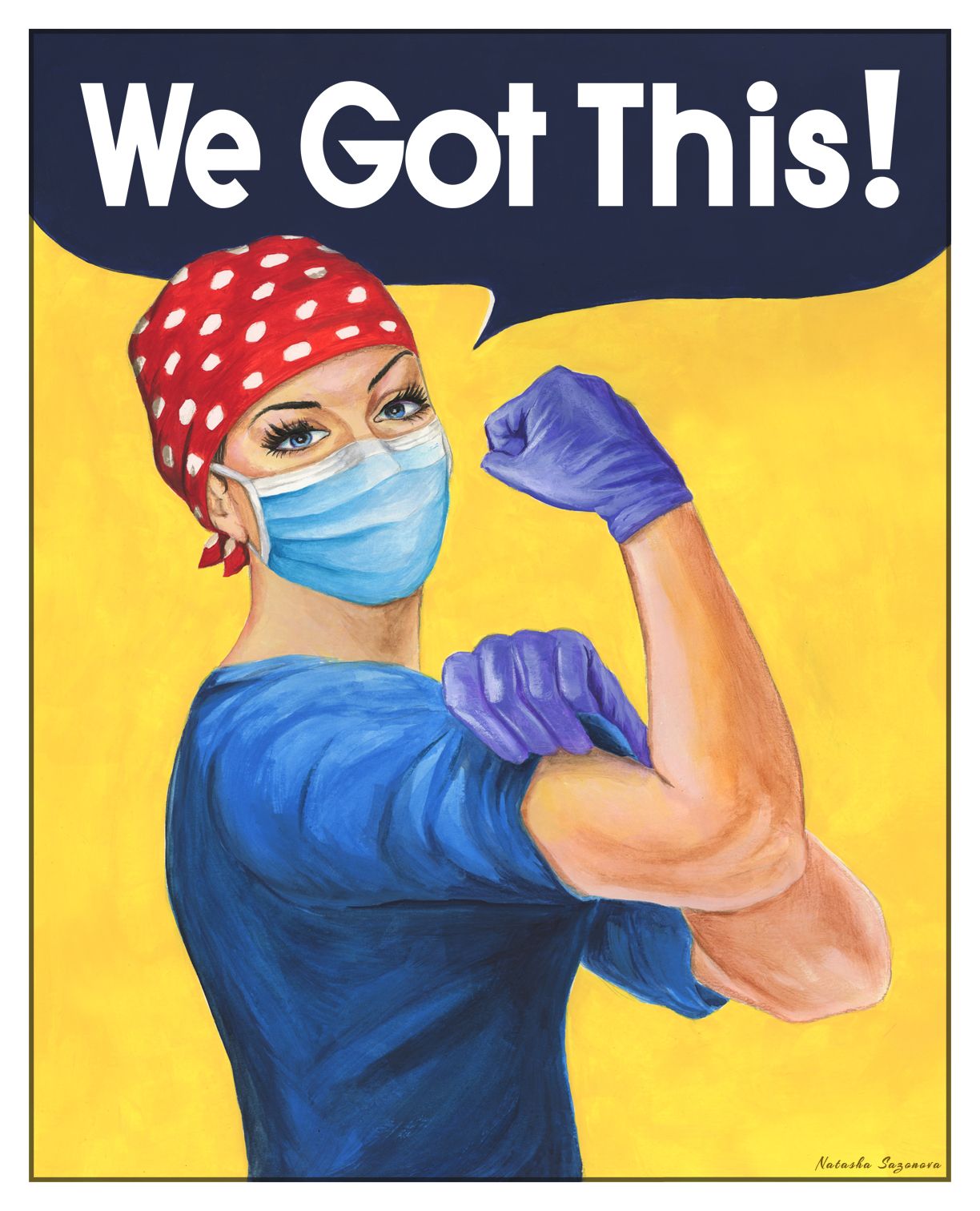
Rosie the Riveter continues to be a well-known figure in patriotic and women’s labor movements. Some people dress up as Rosie the Riveter for Halloween. Famous celebrities, such as Beyoncé, P!nk, and Kendall Jenner, have posed as Rosie the Riveter for promotional photos, and former First Lady Michelle Obama was photoshopped into the poster by some of her fans. As part of her labor rights symbolism, she started being depicted as Black or Latina, recognizing the disproportionate number of women from these demographics who work in “blue-collar” jobs that are undervalued and/or require physical labor.


3/31 Transgender Day of Visibility
March 31st is Transgender Day of Visibility, a day that recognizes the current and historical presence of transgender people in society. The day seeks to destigmatize and normalize the existence of transgender individuals, raising awareness of violence against transgender people in society while advocating for trans rights. It was created in 2009 by a civil rights activist, Rachel Crandall, who was frustrated that only dead, martyred transgender people are recognized in society. She wanted to create an opportunity to celebrate transgender people who are alive and well, still contributing to society. President Joe Biden was the first U.S. president to recognize Transgender Day of Visibility in 2021.
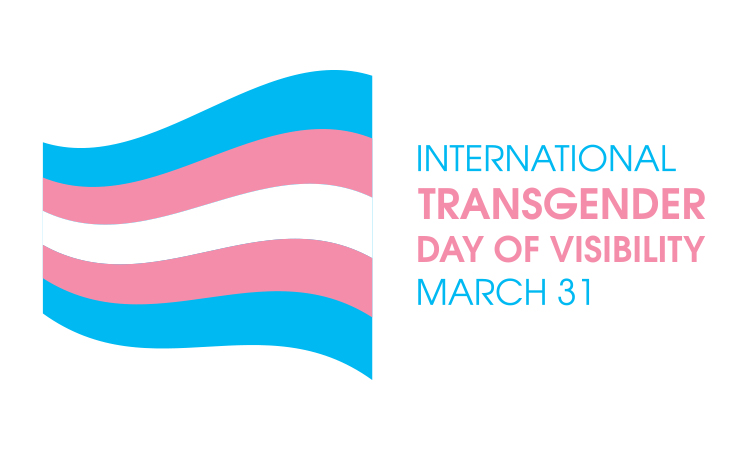
Here are a few YouTube channels run by women who are trans content creators:
Many official lists mix together transgender people with other types of LGBTQ+ people – sometimes just with genderqueer or nonbinary people, other times with all LGBTQ+ people, including gay, bisexual, and lesbian people (which are sexual attraction categories, not gender identity categories). For example, this Wikipedia list of YouTubers combines all of these identities into one list.